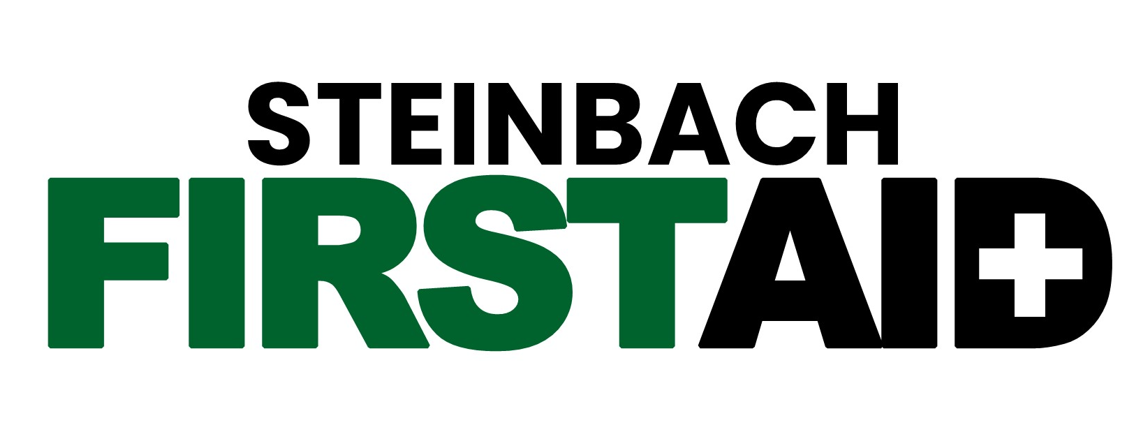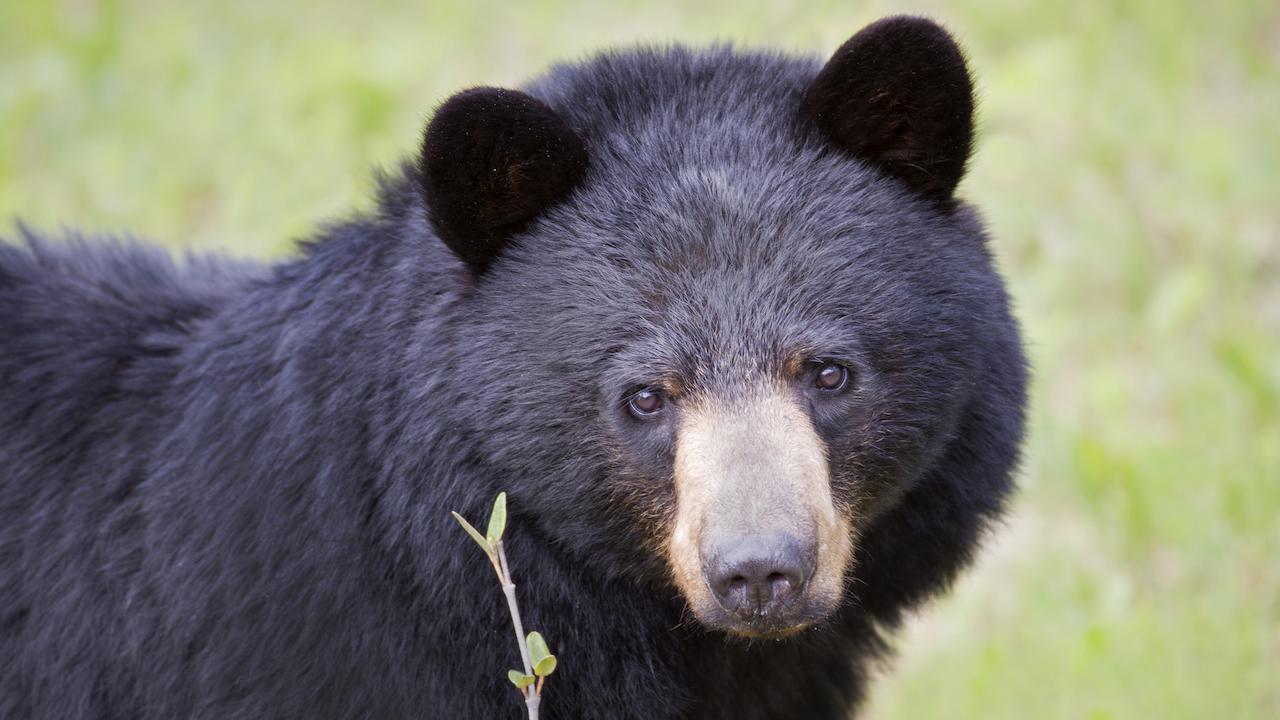Knowing how to avoid an encounter with a bear is the best way to enjoy the outdoors, safely. In the event you do come across a bear, it is important to know a bit about bear behaviour. How we respond in an encounter with a bear really depends on the type of interaction that is taking place.
AVOID an Encounter
Bears are extremely sensitive to the stress of human activity. You can help protect these animals by avoiding encounters with them.
- Make noise! Let bears know you’re there. Call out, clap, sing or talk loudly especially near streams, dense vegetation and berry patches, on windy days, and in areas of low visibility. Bear bells are not enough.
- Watch for fresh bear sign. Tracks, droppings, diggings, torn-up logs and turned-over rocks are all signs that a bear has been in the area. Leave the area if the signs are fresh.
- Keep your dog on a leash at all times or leave it at home. Dogs can provoke defensive behaviour in bears.
- Larger size groups are less likely to have a serious bear encounter. We recommend hiking in a tight group of four or more. Never let children wander.
- Use officially marked paths and trails and travel during daylight hours.
- If you come across a large dead animal, leave the area immediately and report it to park staff.
- Dispose of fish offal in fast moving streams or the deep part of a lake, never along stream sides or lake shores.
Bear Spray
Carry bear spray with you at all times on the trail, and know how to use it. Bear spray can be effective with some bears when used properly. Be aware that wind, spray distance, rain, freezing temperatures and product shelf life can all influence its effectiveness. Familiarize yourself with the proper use of bear spray (including the manufacturer’s specific instructions) and keep it readily accessible.
If you SEE a bear…
Stop and remain calm. Get ready to use your bear spray. Do not run away.
Is the bear UNAWARE of your presence?
Move away quietly without getting its attention.
Is the bear AWARE of your presence?
Bears may bluff their way out of an encounter by charging and then turning away at the last second. Bears may also react defensively by woofing, growling, snapping their jaws and laying their ears back.
- Stay calm. Your calm behaviour can reassure the bear. Screams or sudden movements may trigger an attack.
- Speak to the bear. Talk calmly and firmly. This lets the bear know you are human and not a prey animal. If a bear rears on its hind legs and waves its nose about, it is trying to identify you.
- Back away slowly. Never run! Running may trigger a pursuit.
- Make yourself appear BIG. Pick up small children and stay in a group.
- Do not drop your pack. It can provide protection.
If you must proceed, make a wide detour around a bear or wait at a safe distance for it to move on.
If the bear APPROACHES
Stop and remain calm. Get ready to use your bear spray. Do not run away. Assess the bear’s behaviour and determine why it is approaching.
Is it DEFENSIVE?
The bear is feeding, protecting its young and/or surprised by your presence. It sees you as a threat. The bear will appear stressed or agitated and may vocalize.
- Try to appear non-threatening.
- Talk in a calm voice.
- When the bear stops advancing, start slowly moving away.
- If it keeps coming closer, stand your ground, keep talking, and use your bear spray.
- If the bear makes contact, fall on the ground and play dead. Lie still and wait for the bear to leave.
Is it NON-DEFENSIVE?
A bear may be curious, after your food, or testing its dominance. In the rarest case, it might be predatory–seeing you as potential prey. All of these non-defensive behaviours can appear similar and should not be confused with defensive behaviours.
The bear will be intent on you with head and ears up.
- Talk in a firm voice.
- Move out of the bear’s path.
- If it follows you, stop and stand your ground.
- Shout and act aggressively.
- Try to intimidate the bear.
- If it approaches closely, use your bear spray.
Credit: Government of Canada

